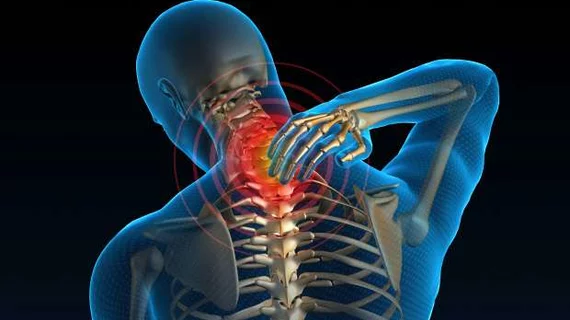New PET/MRI method spots chronic pain points, alters more than half of management plans
A new molecular imaging technique can pinpoint regions responsible for causing chronic pain and lead to alternate management strategies for suffering patients, according to new research.
Doctors from Stanford University School of Medicine presented their findings this past weekend during the Society of Nuclear Medicine and Molecular Imaging’s virtual meeting. Using 18F-FDG PET and MRI, the team spotted nerve and muscle pain generators in a majority of participants, with more than half undergoing a change in treatment because of the findings.
Understanding these exact molecular underpinnings may be a tremendous breakthrough for the nearly 50 million adults in the U.S. affected by chronic pain, explained Sandip Biswal, MD, a musculoskeletal radiologist and associate professor of radiology at Stanford.
"The results of this study show that better outcomes are possible for those suffering from chronic pain," Biswal added. "This clinical molecular imaging approach is addressing a tremendous unmet clinical need, and I am hopeful that this work will lay the groundwork for the birth of a new subspecialty in nuclear medicine and radiology.
For their study, the California radiologists had 65 chronic pain sufferers undergo head-to-foot 18F-FDG PET/MRI. Two imaging experts evaluated the images, noting whether uptake increased in the site of symptoms or other areas of the body.
Out of the total cohort, 58 individuals showed increased tracer uptake in affected nerves and muscles. And after talking over the results with a referring physician, 16 patients had a “mild” change in their healthcare plan, such as a different diagnostic test. In 36 participants, imaging resulted in a “significant” change, such as new invasive procedures.
All in all, treatment approaches were altered in 40 patients, Biswal and colleagues explained.
Given that chronic pain is one of the most common reasons people seek medical attention, costing America’s healthcare system up to $635 billion in total expenses—including imaging and treatment—this molecular imaging method likely has important implications for many subspecialties.
“Using this approach will require knowledge and expertise not only in nuclear medicine but also in musculoskeletal imaging, neuroradiology and potentially other fields, such as body imaging and pediatric radiology, where pain syndromes are important clinical problems,” Biswal said.

